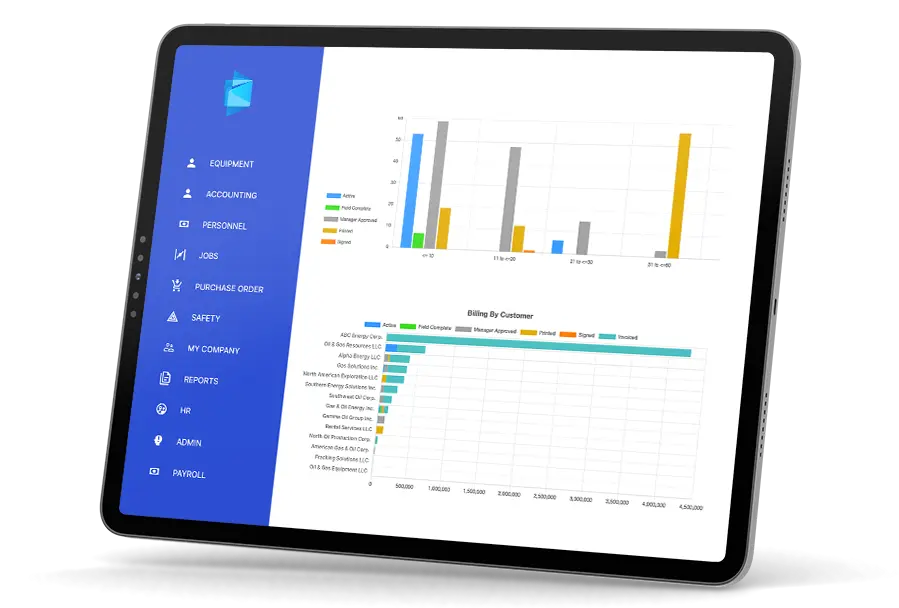Scaling Up by Systems Consolidation: A Strategy for Growth and Efficiency
 Job Board Admin
Job Board Admin

In the rapidly evolving business landscape, scaling up operations effectively is a critical challenge for many organizations. A key strategy to achieve this goal is by eliminating redundant or inefficient systems and consolidating operations into a more unified, streamlined approach. This article explores the benefits of this strategy, its implementation, and real-world impacts on businesses.
The Case for System Consolidation
As businesses grow, they often accumulate a patchwork of software and systems to address specific needs at different times. While this might solve immediate problems, it can lead to complexity, inefficiency, and increased costs over time. Systems may not communicate well with each other, leading to data silos, duplicated efforts, and errors. The maintenance of multiple systems also requires more resources, both in terms of technology and personnel.
Consolidating these systems into a more integrated solution can significantly enhance operational efficiency. It simplifies the IT landscape, reduces costs, improves data accuracy, and facilitates better decision-making. Moreover, it enables businesses to be more agile, adapting more quickly to market changes or new opportunities.
Steps for Successful System Elimination and Integration
- Audit Existing Systems: Begin by conducting a thorough review of all current systems. Understand their purposes, capabilities, costs, and how they interact with each other. This step is crucial to identify redundancies and gaps in your technology stack.
- Define Business Requirements: Clearly outline what your business needs from an operational, financial, and strategic standpoint. This will guide you in deciding which systems are essential and what functionalities your integrated solution should have.
- Select the Right Technology: Choose a platform or system that meets your defined requirements and can scale with your business. It should offer flexibility, robust data analytics, and seamless integration capabilities with other tools you may need.
- Plan for Data Migration: Migrating data from multiple systems into a new platform is a complex process that requires careful planning. Ensure data integrity by cleaning and preparing data before migration and validate it post-migration.
- Train Your Team: Any new system requires buy-in from its users to succeed. Invest in comprehensive training for your team to ensure they are comfortable with the new system and understand its benefits.
- Monitor and Optimize: After implementation, continuously monitor the system's performance and user feedback. Use this information to make necessary adjustments and optimizations.
Real-World Benefits and Examples
Businesses across various industries have seen substantial benefits from consolidating their systems. For instance, a retail company might integrate its e-commerce platform, inventory management, and customer relationship management (CRM) into a single system. This integration can lead to improved stock management, better customer insights, and increased sales.
Another example is a manufacturing firm eliminating separate systems for supply chain management, production planning, and quality control. By using an integrated ERP system, the firm can achieve real-time visibility across operations, improve coordination, reduce waste, and increase production efficiency.
Conclusion
Eliminating other systems in favor of a unified, integrated solution can significantly aid in scaling up business operations. This strategy not only simplifies the technological infrastructure but also enhances efficiency, reduces costs, and improves decision-making. However, successful system consolidation requires careful planning, selection, and implementation. By following a structured approach and focusing on the long-term benefits, businesses can ensure a smooth transition to a more scalable and efficient operational model.
